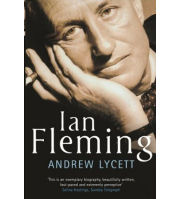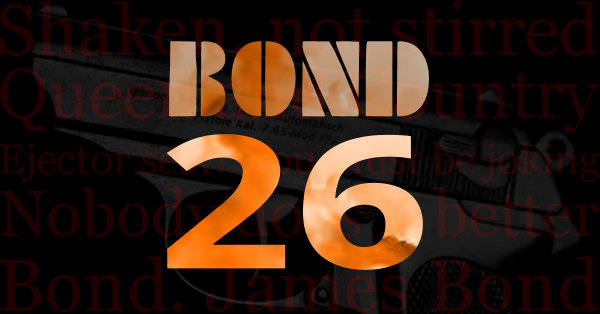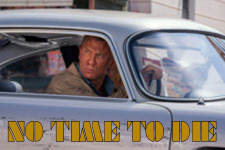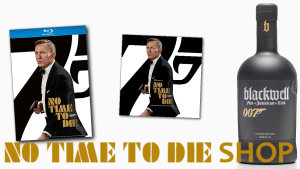 When Ian Fleming travelled to the United States in May to sign a US publishing deal with Macmillan, it was in the knowledge that the initial print run of Casino Royale had almost sold out and a second printing would go ahead the same month.
When Ian Fleming travelled to the United States in May to sign a US publishing deal with Macmillan, it was in the knowledge that the initial print run of Casino Royale had almost sold out and a second printing would go ahead the same month.
Fleming astutely realised that any serious money would come from putting his creation on the silver screen, and the first serious interest emerged in January 1954, when Alex Korda contacted him about a screen version.
Back in England his family’s routine consisted of weekdays in London, where Ann and he often led quite separate lives, and weekends in Kent, where he liked to play golf. He continued to be fascinated by a broad range of subjects and made notes on anything and everything he found interesting.
Although Korda expressed doubts as to Casino Royale‘s suitability for filming, when Fleming settled down in Jamaica to write his next book it was with the view to create something cinematic. Moonraker was set in London’s clubland and Kent, two areas known so well by Ian Fleming. By now his writing routine was established, which he followed every year until his death in 1964; a new book was written while on holiday in Jamaica in January and February, with the previous year’s output published in the spring.
Although the discussions with Korda came to nothing, Fleming finally managed to sell both the film and television rights to Casino Royale the same year, which must have gone some way to ease the frustration of Casino Royale‘s disappointing US sales. While a film version was still some way off from being realised, CBS did produce a one-hour television film of Casino Royale in November 1954 staring Barry Nelson.
1955 saw the publication of Moonraker in the UK (April) and the US (September), and it finally looked like James Bond would make it to the big screen when an option on Moonraker was sold in America. However, the UK’s Rank made a superior offer, but the subsequent negotiations led to the US deal falling apart, and ultimately Rank failed to sign, leading Fleming to become involved in a television project called James Gunn – Secret Agent. Fleming’s screen treatment was set in Jamaica and featured a villain called Dr No, but once again the project was aborted.
The idea was revived two years later though, when CBS contacted him with the idea of producing a James Bond television series. Fleming spent much of his energy on the project and wrote a proposal for 13 episodes, but once again the project failed to materialise, although some of the material was to be later reused for the short stories appearing in For Your Eyes Only.
Meanwhile, Fleming left the Sunday Times when it was sold in 1959, instead receiving a retainer in the capacity of occasional writer and member of the editorial board. Also that year Ivar Bryce introduced Fleming to a young Irishman who had directed a film financed by him, while visiting Nassau. Impressed by his friend’s apparent success in the film business and frustrated by his continued failure to make any progress, he first discussed with Kevin McClory the possibility of finally bringing James Bond to the big screen.
![]() For more comprehensive information on the life of Ian Fleming see Andrew Lycett’s excellent biography, available at Amazon.co.uk/Amazon.com.
For more comprehensive information on the life of Ian Fleming see Andrew Lycett’s excellent biography, available at Amazon.co.uk/Amazon.com.
Read more about Ian Fleming










Leave a Reply.